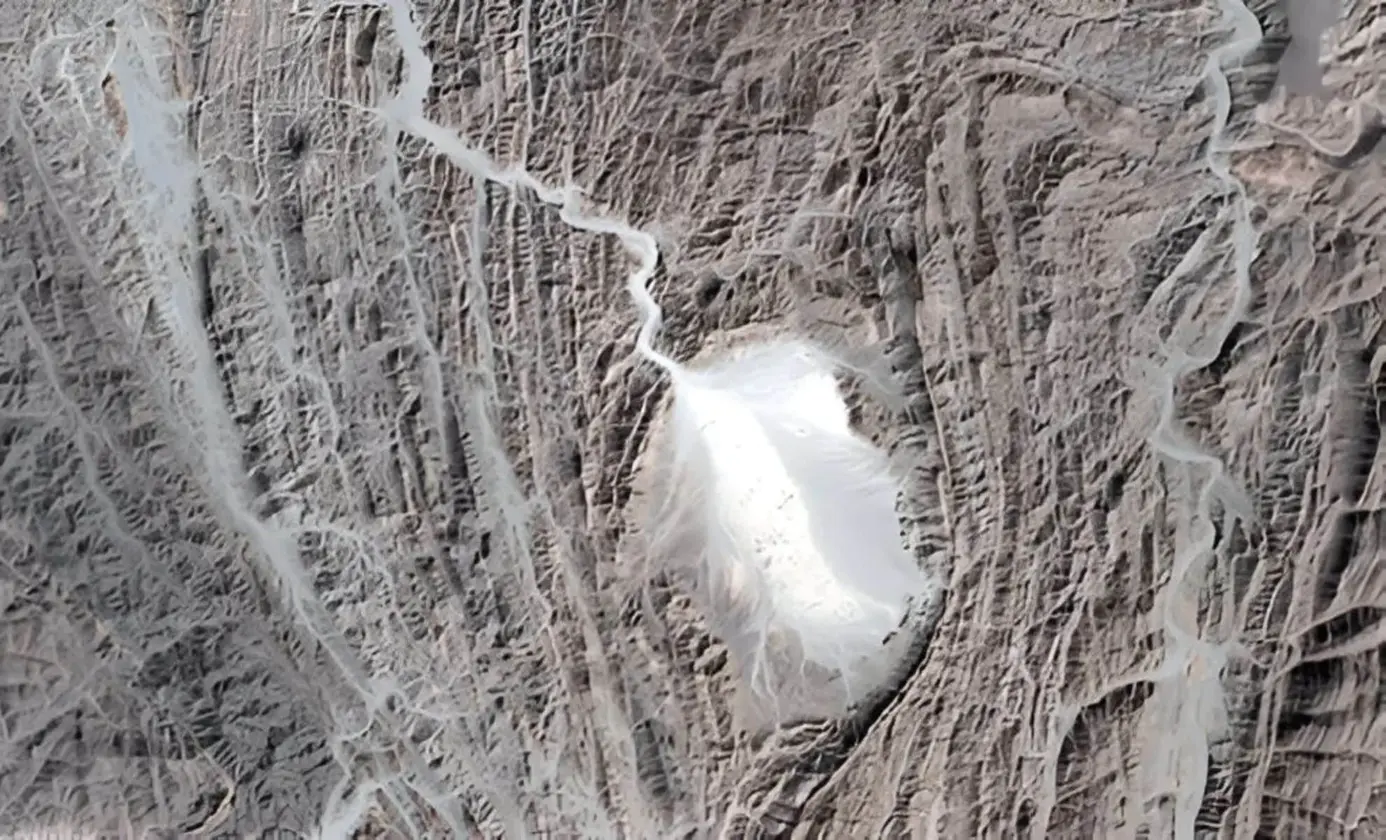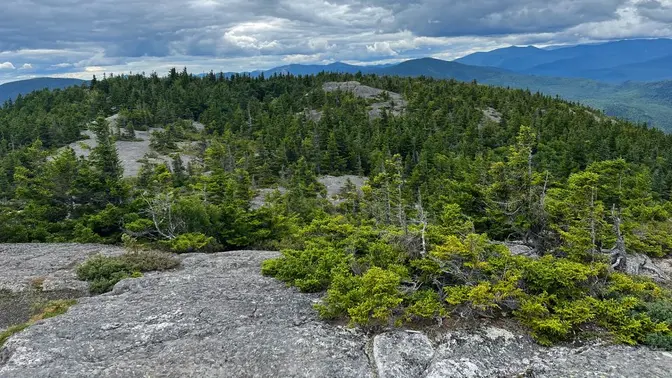T4K3.news
117 Million Year Old Mud Waves Rewrites Atlantic Gateway Timeline
New seismic data tie 117-million-year-old mud waves to the gateway opening, pushing back its start and prompting a rethink of early Atlantic connections.

117 million year old mud waves show an earlier opening of the Equatorial Atlantic Gateway, prompting a revision of how the ocean connected Africa and South America.
117 Million Year Old Mud Waves Rewrite Atlantic Gateway Timeline
A research team led by Dr. Uisdean Nicholson and Dr. Debora Duarte has identified a field of one kilometre long mud waves buried about 3,000 feet below the seafloor, roughly 250 miles west of Guinea-Bissau. Dating these bedforms to around 117 million years ago places the opening of the Equatorial Atlantic Gateway earlier than previously thought. This pushes back the start of deep water exchange by several million years and calls for a rethink of when the continents first shared water. The work combines high resolution seismic data with core samples and draws on decades of Deep Sea Drilling Project logs to anchor the timing and the shape of the seaway. The new date tightens the constraints on past ocean circulation and climate history, offering a firmer frame for models of early Atlantic exchange.
Key Takeaways
"The sediment waves show that the opening started earlier, from around 117 million years ago."
Duarte on timing
"These are one-kilometre-long waves, a few hundred metres high."
Nicholson on scale
"The brine slipped downslope like a submarine cataract."
Process description
"Laboratory models suggest such density-driven cascades can reach speeds exceeding three feet per second."
Modeling result
The finding matters because climate models rely on boundary conditions set by plate reconstructions. Getting the start of deep water exchange wrong by even a few million years can skew temperature trends and the signals in marine life. This study shows how a narrow, density driven gateway could alter water masses across the equator and leave a clear imprint on climate records. It also reminds researchers that past ocean geometry matters as much as current temperatures when predicting future shifts in circulation. The work points to a path forward: connect deep sea records from multiple sites to map overflow patterns along the full rift and to sharpen how models simulate modern changes in response to warming and ice melt.
Highlights
- Ancient mud writes bold science on the deep sea floor
- Time lies in every grain on the ocean floor
- Density can drive deep currents with surprising speed
- The past speaks through bedforms carved in stone
Further drilling will test how past ocean gateways respond to changing climate over long time scales.
Enjoyed this? Let your friends know!
Related News

Ancient Fossilized Sperm Discovered

Paramount sale to Skydance closed

Mantle blob may shape future Appalachians

New fossil discovery changes views on early dinosaurs

Commodore acquisition finalized

James Webb Telescope may have found early cosmic light sources

Rare Fossil Ant Discovery Changes Evolutionary Theory

NBA offseason grades reveal team performances
